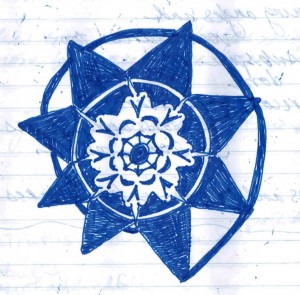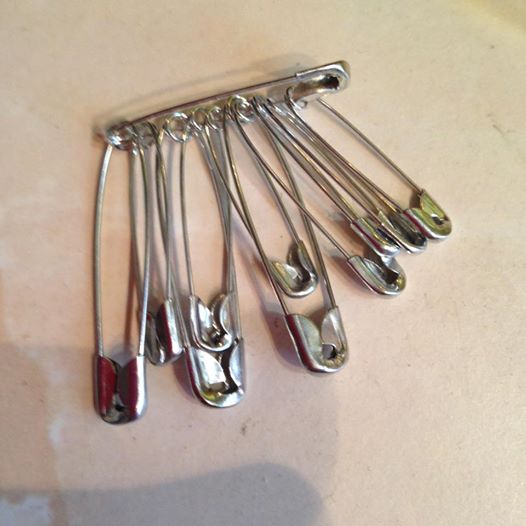My daughter wrote me a poem for Mother’s Day:
Mom, I love you the blackest!
I love you the color of a mystery cave.
I love you the color of a blackbird singing its territory.
A summer midnight.
A bat’s wings.
And an evening talk with no meaning.
(Yes, I’m proud.)
“You really describe black so people can feel how bright and beautiful it is,” I told her.
“I know,” she said with rapture in her voice. “Isn’t black wonderful?” And it’s true. She has always loved black. When she was two she took her black crayola marker and (re) colored our living room couch (usually sage green) black. She was very proud.
The next day after school she came back and said to me, “No one understands about black.”
“You can help them understand,” I told her. “By writing poems and stories. By making art. You can share your thoughts about how warm and comforting, how strong and glorious black is.”
One of the tropes I am most tired of is the binary opposition of “light/good/white” versus “dark/bad/black.” This is everywhere in our language and culture, and especially deeply entrenched when we talk about religion, soul, spirit, knowledge and wisdom.
Darkness nurtures the seed, the babe. The dark nests us all when we sleep. Dark allows us space to mourn, and also space to grow, to change, to cast off an old skin and try on a new. Night is the nurturing mother of us all.
Light without dark is the intolerable bright glare of torture and interrogation. We need our shadows. We need the dark. We need black.
And those of us who are makers, writers, story tellers, artists, songwriters and creatives of all stripes, we have a responsibility to help our culture(s) rethink this binary. We need to find a way to embrace black, and the trope of darkness. We need to remember—and to say, repeatedly—that light (and white) is not always good and beneficent.
This is not about race.
This is about race.
















